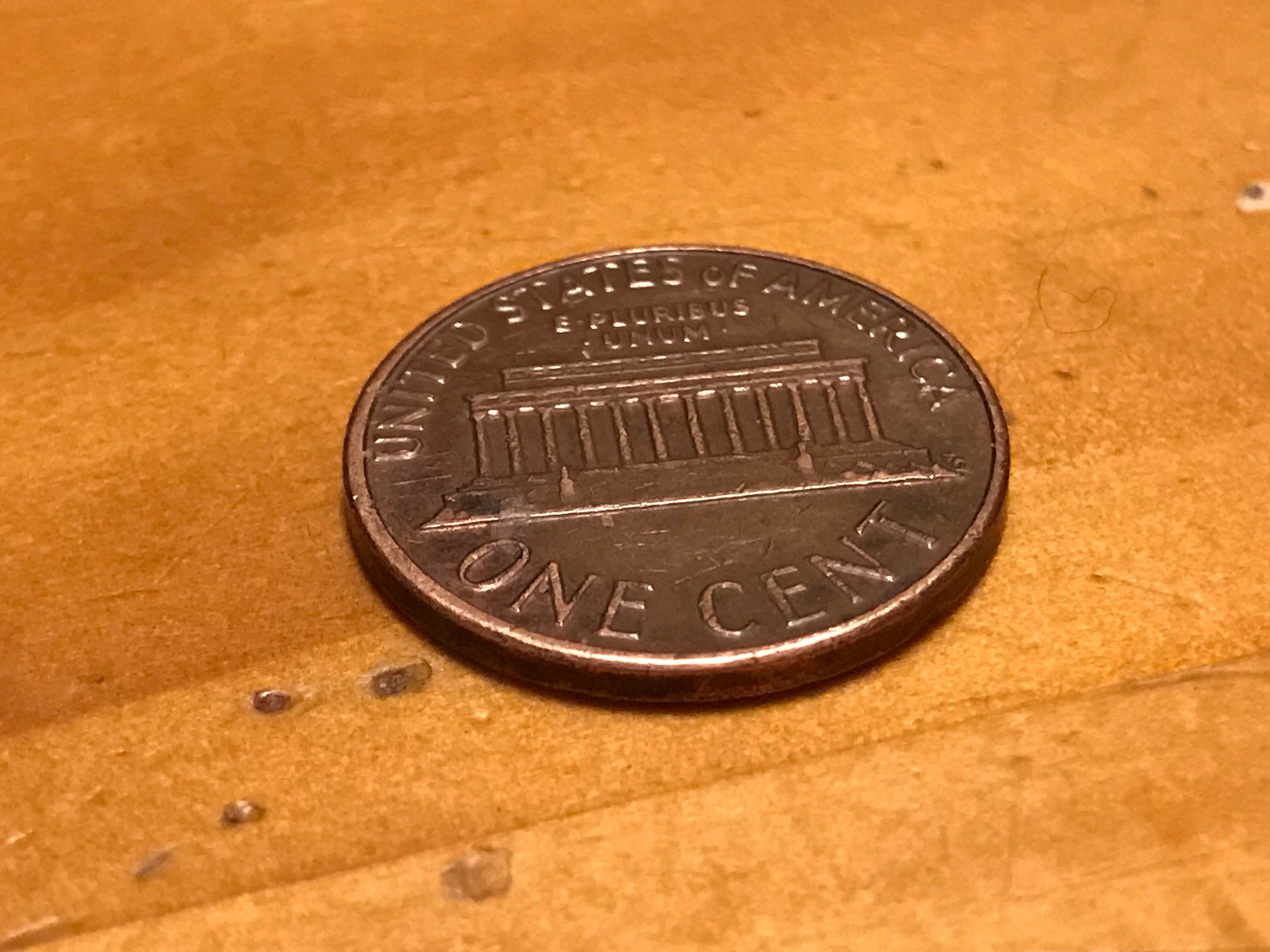#AskTamara: This one is for the kids! Q. “Hey Mom! What’s a penny made of?”… XRF test results for a 1976 U.S.A. penny
Introduction (for those new to this website):
Tamara Rubin is a federal-award-winning independent advocate for consumer goods safety and a documentary filmmaker. She is also a mother of Lead-poisoned children, her sons were acutely Lead-poisoned in 2005. Since 2009 Tamara has been using XRF testing (a scientific method used by the U.S. Consumer Product Safety Commission) to test consumer goods for toxicants (specifically heavy metals), including Lead, Cadmium, Mercury, Antimony, and Arsenic. All test results reported on this website are science-based, accurate, and replicable. Items are tested multiple times, to confirm the test results for each component. Tamara’s work was featured in Consumer Reports Magazine in February of 2023.
Published: April 13, 2019
This is when I get to be the super-cool mom… with answers to questions like “What’s a penny made of?”… and since I get to be the cool mom I thought I would share this info with you so you can also be the “cool parent” and give your kiddo a super-cool, super-scientific, over-informed answer to this question (if it comes up in your house!).
And so, you will find the XRF test results for a 1976 penny (pictured in the photo) below. Each test was done for a minimum of 60 seconds and is scientifically accurate and replicable. To learn more about XRF testing, click here (and read the whole post! The part about XRF testing is the second half of the post).
Below is the full set of XRF test results for the copper penny pictured here.
Details:
- Metals not detected are not listed.
- Tests are done in “Consumer Goods” mode.
- The testing instrument is a Niton XL3T XRF instrument by ThermoFisher Scientific).
- Both sides of the penny were tested multiple times to confirm the results, below are two sample sets of results from the testing.
Test One – 90 seconds
- Cadmium (Cd): 253 +/- 53 ppm
- Copper (Cu): 948,800 +/- 1,200 ppm
- Zinc (Zn): 50,000 +/- 800 ppm
- Iron (Fe): 353 +/- 141 ppm
- Silver (Ag): 66 +/- 32 ppm
Test Two – 60 seconds
- Cadmium (Cd): 288 +/- 78 ppm
- Copper (Cu): 949,000 +/- 1,700 ppm
- Zinc (Zn): 49,800 +/- 1,100 ppm
While I expected to find Copper and Zinc in the ratio found, and while I was not surprised to find traces of Iron and Silver in one of the readings… I was QUITE surprised to find Cadmium at what is now (in 2019) considered a dangerous level. Cadmium is a known carcinogen (read more about that here). The State of Washington considers consumer goods unsafe for humans with total Cadmium levels of 40 ppm or higher. The Country of Denmark considers consumer goods unsafe for use by humans (and illegal) if Cadmium levels are 75 ppm or higher.
I now have a new perspective on pennies and will recommend keeping them away from children, especially given the frequency with which they are swallowed by the 4 and under set. I think this is also petition worthy – as yet another reason our country might want to fully phase out the penny. I’ll give that some thought and write a separate article to that end.
I look forward to testing pennies from different years to learn if this is just a problem for the mid-1970s or if it is true for later and earlier years as well. At this level, it is very possible that the Cadmium is a batch contamination issue and not an intentional additive – although if we find similar Cadmium levels consistently across many years it likely was a known element in the composition of the metal (which is concerning given we now know how toxic it is)… stay tuned!
Thank you for reading and for sharing my posts. Most important… thank you for taking it upon yourselves to educate your kids about scientific concepts! Yay for science!
Kids…you don’t need a science degree to be a scientist, you just need to ask lots of good questions and start looking for the answers. (Thank you internet and all the resources you provide… BTW if you and your kids have not yet checked out Nasa’s site and the fun activities and videos they have there for kids, I highly recommend it, it has been a favorite of my kiddos over the years.) #ScientificInquiry
Tamara Elise Rubin
Owner – Lead Safe Mama, LLC
#LeadSafeMama
Never Miss an Important Article Again!
Join our Email List














Wow this is crazy!! I always thought they should get rid of the penny anyway with the insane cost to produce it vs what it’s worth. Wonder if other coins have cadmium?
Thanks Tamara, as a Certified Lead Risk Assessor I always ask about fishing weights, bullets, keys etc. but I have not considered coins – until now. Thank you for raising awareness of another potential lead poisoning hazard.
Best to you,
David Brown
North Carolina
Hi David! Thank you for reading and for commenting!
Tamara